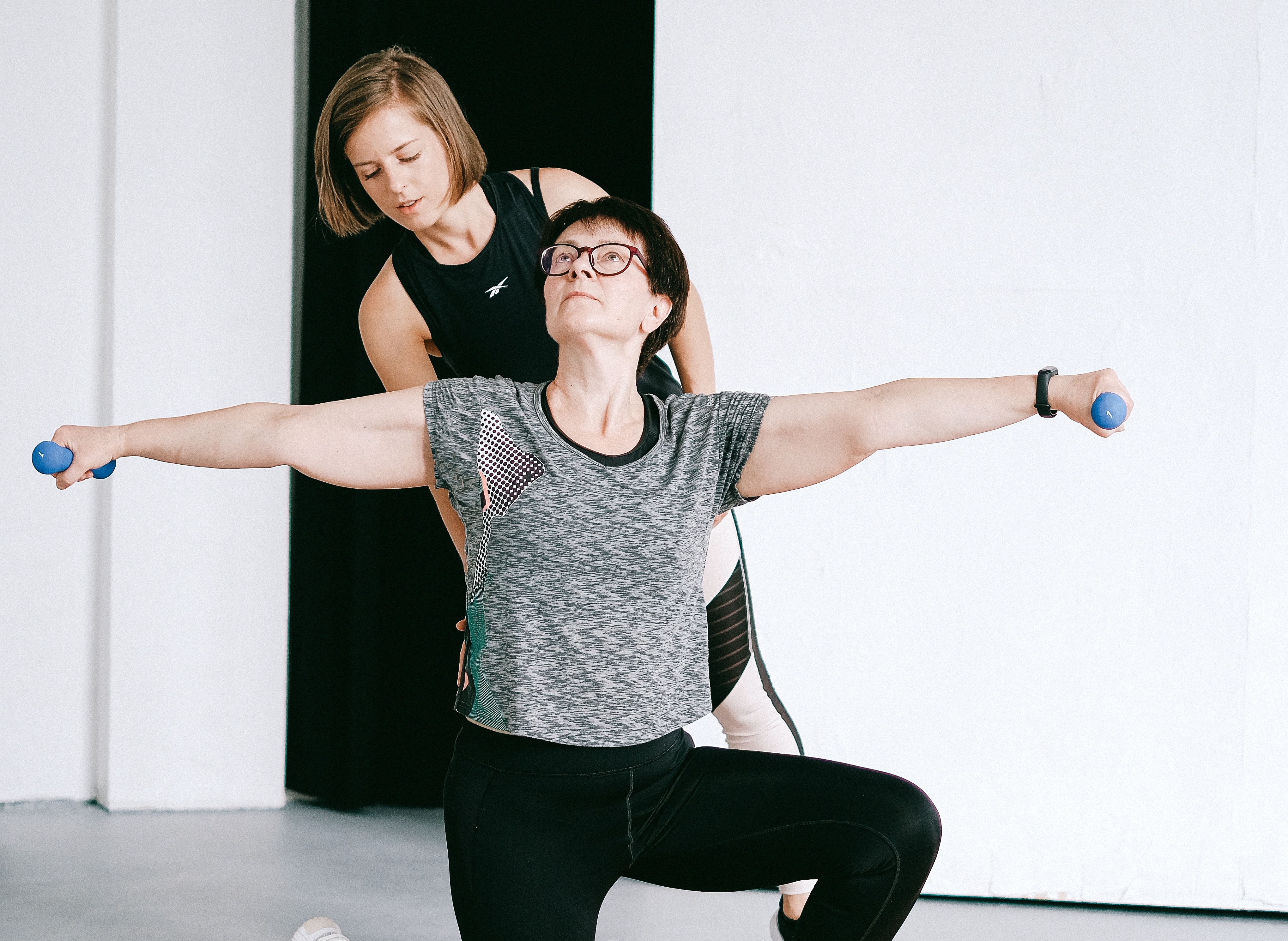Each year, approximately three million older adults are treated in emergency departments for fall related injuries and 800,000 are hospitalized with hip fractures or head injuries. Falls are one of the leading causes of disability in older adults and cost $5 billion annually. With Fall Prevention Week (September 20-24) right around the corner, we’ve put together a list of key fall prevention strategies.

1. Assessments
Regular Fall Risk Assessments should be scheduled with residents to monitor their mobility and determine if they are a fall risk. VSTBalance is a proactive fall risk assessment platform that uses AI and machine vision to identify mobility deficits in older adults and compare against normative data to determine their risk of falling in the next 12 months, and prescribes a therapy plan designed to target the areas that need it most so residents improve over time.
2. Exercise
Regular movement provides flexibility and endurance, which helps with balance. VSTBalance provides therapists objective data they can use to create a customized plan of care for residents to improve mobility. The system also has fun games residents can play that help with their balance and cognition.
3. Monitor Medications
Mixing medications can have troubling side effects such as drowsiness, which can lead to accidents. Make sure residents and their family members are aware of side effects and which medications can be taken together and which ones can not.
4. Check Hearing & Vision
Individuals with hearing and vision impairments have the highest fall risks, according to researchers at ClinMed Journals. In fact, Balance (equilibrium) is controlled in the inner ears, helping the brain maintain balance. Sensory aids like hearing aids and glasses can make residents more aware of their surroundings and help to avoid falls.
5. Get Everyone Involved
Making family members aware of potential fall risks may be essential when you’re trying to create a program for a resident who may be resistant to therapies. Getting everyone on the same page is often the starting point to successful outcomes.
To learn more about VSTBalance and how you can predict fall risk and keep your population safe, click here.


